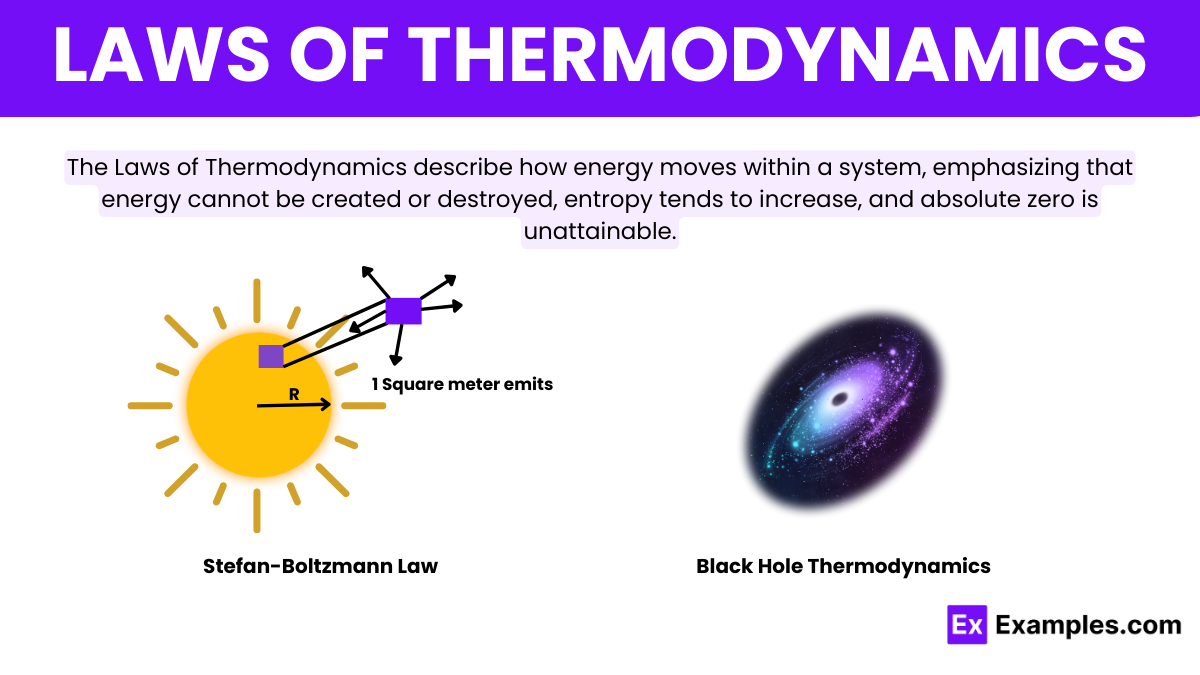Which statement best describes the Zeroth Law of Thermodynamics?
Energy cannot be created or destroyed.
Heat flows from a hotter object to a cooler one.
If two systems are each in thermal equilibrium with a third system, they are in thermal equilibrium with each other.
Entropy of an isolated system never decreases.


